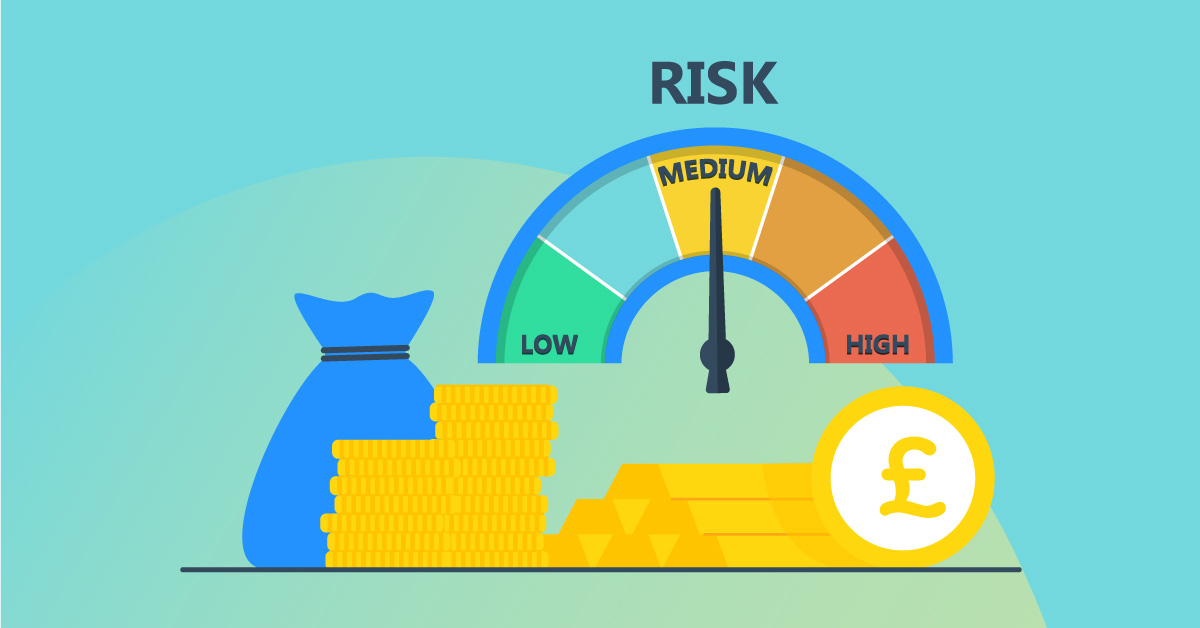Written by Landytech
2 Nov 2022Asset managers continue to grapple with a number of challenges spanning cost squeezes, fee pressures and patchy returns. They are under pressure to find significant operational efficiencies, and fast. The question of how far managers should go in outsourcing and automating various functions to find these efficiencies has become a hot topic of discussion.
Thankfully, technology is moving fast too, and can offer asset managers the most alluring of possibilities: a strategic operational advantage in a highly competitive, increasingly demanding industry.
Technology can help asset managers quickly expand into new products, meet investors’ service expectations, and satisfy their complex regulatory reporting responsibilities. And the technical limitations of many legacy systems mean that effectively modelling new, innovative product types—or even enhancing existing systems—requires vast development resources. Resources that just aren’t available right now.
Why technology matters
For asset managers to continue evolving and growing, they must embrace change and embed next-generation technology stacks into their day-to-day processes. It will help them to excel in four key areas:
Staying competitive in a rapidly changing market
In recent years, pressure to generate outsized returns pushed asset managers up the risk curve towards more illiquid asset classes and complex investment strategies. Now the investment environment has turned more unpredictable, with a resurgence in geopolitical volatility, an end to the globalisation orthodoxy, the threat of climate-induced shocks, and doubts over the strength and sustainability of the ‘Fed put.’
The risk models needed to cope are increasingly complicated and require new techniques and systems. For example, non-linear derivative instruments may require specific calibration processes or pricing overrides to produce results that fit with each fund manager’s particular needs. And a range of advanced risk and performance analytics (including different portfolio sensitivities, risk contributions, customisable scenario analyses, stress tests, what-if simulations, liquidity analysis and performance attribution), fed by growing volumes and variety of data, will be crucial to navigate the dangers and make more informed investment decisions.
As these demands evolve, asset managers relying on systems that are being pushed beyond their capabilities will be at a strategic disadvantage to their competitors, one that will only become more acute over time.
Keeping regulators happy
Since the financial crisis of 2008, regulators around the world have progressively ramped up their transparency and reporting demands. Asset managers have no choice but to comply. The European Union has led the way. In September 2020, the European Securities and Markets Authority introduced new guidelines on liquidity stress testing that require fund managers to stress test the assets and liabilities of their funds to combat liquidity risk. The Sustainable Finance Disclosure Regulation followed in March 2021. It obliges asset managers to provide greater transparency on the sustainability of their financial products and disclose how they integrate sustainability risks into investment processes.
These rules come on top of asset managers’ already extensive reporting obligations for UCITS, AIFMD, MiFID, DTCC reconciliation under EMIR, Solvency II, OPERA et al.
The analytics and reporting information required is complex and detailed. Reports must be accurate and often delivered to tight deadlines. Strong governance frameworks providing daily monitoring of regulatory and fund risk profile limits are also essential to maintain the fund’s integrity. And the penalties for any errors or compliance breaches can be severe.
Without quality data and significant automation, generating the diverse suite of reports internally is manually intensive, time consuming and error prone. However, outsourcing the task to an asset manager’s fund administrator can prove expensive, which is why asset managers are turning to technology to provide the output in a scalable manner.
Meeting investor service expectations
Investors’ transparency demands are growing too. Allocators (especially institutions) want detailed yet intelligible insights on the levels and sources of an asset manager’s performance, along with sophisticated risk metrics on a wide range of factors.
Advanced risk and performance analytics are becoming ever more central in investor/consultant due diligence and ongoing investor retention. Producing comprehensive, customisable reports with granular detail into a manager’s investment returns and the reasons behind them gives allocators the transparency and comfort they seek. During periods of poor performance in particular, this can help investors better understand why investments have fallen and may give them the reassurance to keep faith with the asset manager for longer.
Timeliness is also crucial. Responding to prospect and investor requests for reports or analytics should take no more than a day. Taking two to three weeks to extract and consolidate the data from multiple places, before manually cleansing and collating it to produce the risk calculations investors want is no longer acceptable.
And investors’ reporting requirements are constantly changing as they seek new risk metrics or ways of presenting data. Asset managers need the on-demand flexibility to keep up.
Due diligence decisions and allocation reviews often come down to fine margins. Asset managers that can provide fast, accurate insights – assuming they have the performance to match – can gain a valuable advantage.
Internal pressure for better investment outcomes
Along with investor and regulatory pressure to innovate, asset managers are feeling internal pressure for a data-driven, technology-backed approach to improving their investment and risk management outcomes.
Robust performance and risk analytics, delivered through a futureproofed tech stack, equips investment and risk teams with the insights to make more informed decisions, and take them faster. Better decisions translate to better investment outcomes. That in turn helps managers outperform their peers. Plus, it enhances individual and team performance (and the accompanying incentive rewards) and improves job satisfaction and motivation.
An automated approach to data sourcing, risk and performance calculation, and reporting also alleviates the manual effort typically involved in the analytics process. Industry competition and the squeeze on margins mean hiring more people to undertake all the data consolidation and analytics tasks is no longer an option, especially for new and smaller managers. Leveraging technology is cheaper, easier and produces better results – leaving asset managers free to focus on revenue-enhancing activities such as investment research, capital raising and investor relations.
Risk of inaction
A futureproofed tech stack has become table stakes for any asset managers that want to thrive in an increasingly competitive industry. Investor service demands, competition for capital, burgeoning regulatory requirements, and performance pressures require nothing less.
Making the change is some challenge. Question is, what will you do to meet it?
Related Content

The 5 must-have capabilities for managing the risk function in-house
Risk management is a complex domain of expertise. Navigating today’s fast-paced and volatile markets with confidence and clarity takes a proven infrastructure, along with specialised risk and technology skillsets to deliver the timely insights need...

7 things to consider when choosing a risk management provider
In a rapidly evolving landscape, asset managers are increasingly relyingon risk management providers. Meeting regulatory expectations and the needs of increasingly demanding investors means thatfinding the ideal partneris more important than ever.

How much does it really cost to meet allocators' risk management expectations?
Implementing a fit-for-purpose risk management and reporting function is expensive. But for asset managers, the cost of sub-standard risk capabilities is even higher.
With risk management an increasingly central focus in investor and consultant due...




